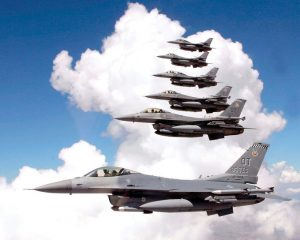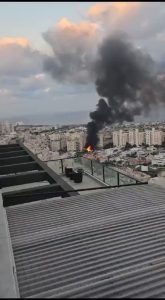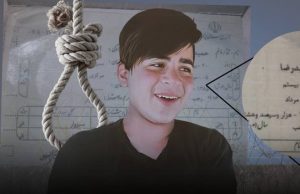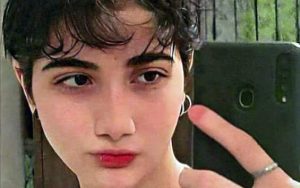Mohsen Fakhrizadeh’s assassination has left behind a
suspenseful cloud of fuzzy details and unproven speculations about the role and
importance of the 59-year-old Iranian scientist.
Fakhrizadeh was killed in a gunfight on a road just outside
Tehran on November 27, when he was travelling in a convoy along with his family
members.
A raged Iran has accused Israel of ordering the hit job, and
its senior leaders have asked for retaliation in time against their arch-enemy.
So what makes Fakhrizadeh so important to Iran that his
killing has forced the country’s top brass into making open threats against Israel?
Was he merely an academic, a respectable and avuncular figure, venerated by
many? Or was he indeed what had been alleged before by the UN and Israel—the
father of Iran’s nuclear weapons program?
Also read: Iran blames Israel, exiled opposition entity for assassination of top nuclear scientist
Whatever the case, he definitely was important enough to be
removed in a brazen and elaborate assassination by whoever that did it.
After his death, Defence Minister Amir Hatami referred to
Fakhrizadeh as his deputy minister and head of the ministry’s Organization of
Defensive Innovation and Research (SPND).
“We knew that he had been threatened with assassination
on several occasions and that he was being followed,” Hatami said, as
quoted by AFP.
Fakhrizadeh was alleged to be the pioneer of Iran ‘AMAD’ program
in 2018 by Israel Prime Minister Benjamin Netanyahu. AMAD was Iran’s nuclear
weapons program which the country ran between 1989 and 2003—however Netanyahu
insisted that the country never abandoned it and had been working on it all
along.
The obfuscation of what role Fakhrizadeh played is unknown
to experts as well, one of whom surmised that it will take months before things
become clear about him.
Karim Sadjadpour of US think-tank the Carnegie Endowment for
International Peace said it “will likely take months if not years to
appreciate” the full impact of his death, AFP wrote.
“Those who truly understood his precise day-to-day role
in Iran’s nuclear activities don’t talk, and those who talk don’t know,”
he wrote on Twitter.
Also read: Funeral begins for assassinated Iran nuclear scientist
Fakhrizadeh had found mention in UN Security Council Resolution
1747 in 2007 also, which listed him among “Persons involved in nuclear or
ballistic missile activities”.
The agency had then recorded that a request to interview the
scientist was rebuffed by Iran.
“Mohsen Fakhrizadeh-Mahabadi (Senior MODAFL scientist and
former head of the Physics Research Centre (PHRC). The IAEA have asked to
interview him about the activities of the PHRC over the period he was head but
Iran has refused),” it recorded.
According to Iran’s Vice-President Ali Akbar Salehi, who
also heads the Atomic Energy Organization of Iran (AEOI), Fakhrizadeh had a
doctorate in “nuclear physics and engineering” and did his thesis
with Fereydoun Abbasi-Davani, a former head of the AEOI who himself survived an
assassination attempt in 2010, AFP reported.
Abbasi-Davani called the slain scientist a “close
friend” with whom he had “34 years of close professional
collaboration”, and said they had fought side-by-side on the front lines during
the 1980-88 Iran-Iraq war, it read.
Speaking to state media, Abbasi-Davani said Fakhrizadeh had
“worked in all fields to support the country’s nuclear activities”,
notably in uranium enrichment.
He described him as “a capable manager and a prestigious
scientist who can be raised to the same rank as the martyr Soleimani in the
field of science and technology,” referring to top general Qasem
Soleimani, who was killed in a January US drone strike in Iraq.






